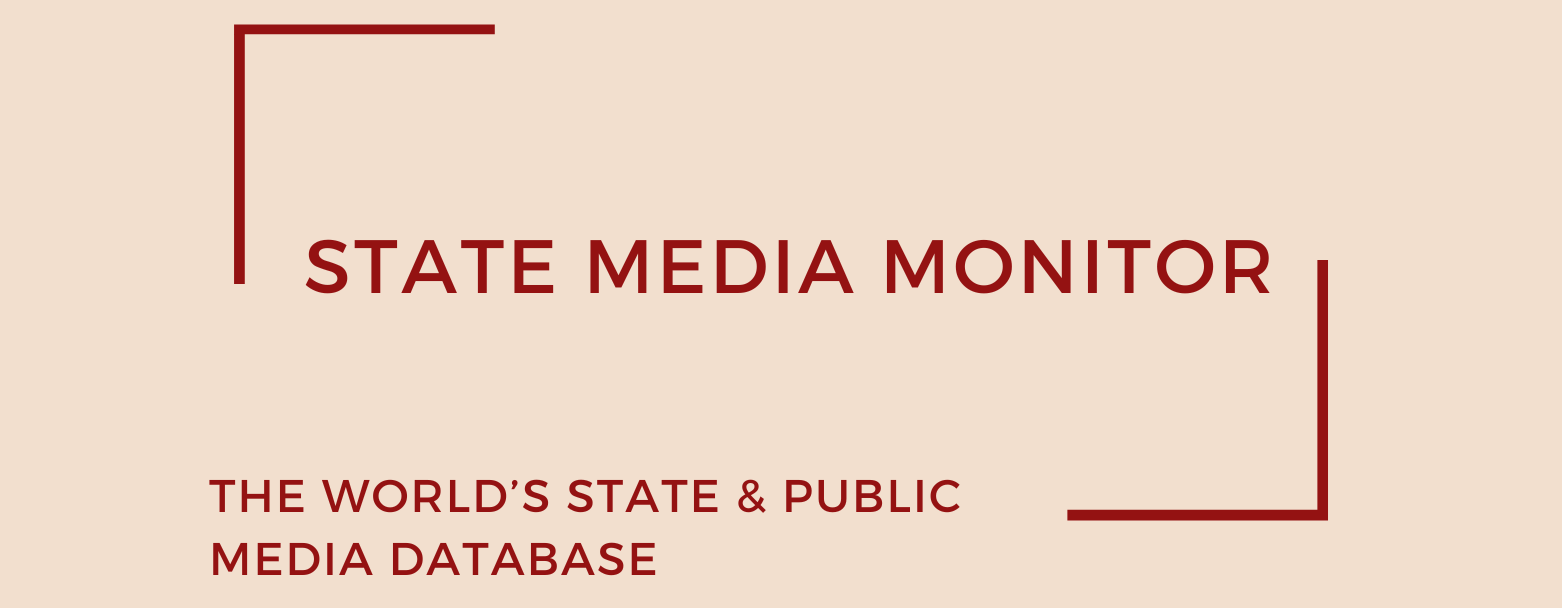State and Public Media in MENA Region in 2023
State and public media in the MENA region, encompassing the Middle East and North Africa, face significant capture. A majority, 96% or 82 out of 86 state and public media outlets, are under editorial control by the authorities. This figure remains unchanged from 2022 but has witnessed a notable 10% increase compared to the previous year.
The MENA region has also witnessed a significant rise in the number of captured media outlets, as revealed by our State Media Matrix. About 36% of all outlets in the region can now be classified as either privately or publicly captured. This marks a notable increase from 24% in 2021 and 33% in 2022. The spike can be attributed to changes in our methodology, which impacted media entities in Algeria, Iran, and Morocco, as well as the emergence of fresh instances of captured media.
The proportion of state and public media companies with editorial independence is thus very low, these companies now representing a mere 4% of the total, a significant drop from the 13% recorded in 2021.
Amidst the ongoing conflict between Israel and Hamas, which has sparked turbulence in the Middle East, it is anticipated that state and public media in the region will face even more scrutiny. Governments will seek to exert greater control over these media outlets in order to disseminate their own ideologies and advance their respective agendas.
The absence of political stability has already had a profound impact on the editorial autonomy of numerous media organizations, causing significant harm. State media in failed states within the region, such as Yemen, Syria, and Libya, face immense challenges in operating independently. Even researching these media outlets has become challenging in these countries, as a multitude of entities, including political factions and warlords, assert their authority. In our database, we have included media establishments controlled by several parties involved in conflicts in Yemen and Libya, for example.
On the other hand, there is a growing concern that even media outlets that have previously safeguarded their editorial independence will face mounting challenges. Despite the government’s inability to influence the editorial decision-making at the public broadcaster IPBC in Israel, led by Prime Minister Benjamin Netanyahu, there have been discussions in recent years about the possibility of completely shutting down IPBC.
In a similar vein to other regions across the globe, state and public media outlets in some countries in the MENA region are grappling with mounting financial challenges. This was the reason why the Lebanese authorities made the decision to shut down Télé-Leban in August 2023. The decision came after its employees staged a series of protests due to unpaid wages.
In parallel, the MENA region has witnessed a significant surge in the establishment of a multitude of pan-Arabic and global media entities, a considerable number of these organizations being either financially supported or overseen by governmental bodies. Primarily originating from the affluent emirates of Qatar, Saudi Arabia, and the UAE, these media outlets are known for their production of high-quality programs. However, the majority of them remain under the influence of the authorities that finance them, which is why they rarely, if ever, venture into criticizing their respective country’s political leadership.
Finally, a trend that is expected to adversely affect editorial independence of state and public media in the region is the tendency of various governments to consolidate and centralize an increasing number of outlets. In Iran, the government is actively working towards merging the country’s media into a centralized entity. The primary motivation behind this move, according to media experts in Iran, is the government’s struggle with economic difficulties. As the main source of funding for pro-government media in the country, the consolidation would allow authorities to more effectively control these outlets. Meanwhile, in Morocco, the government is also taking steps towards creating a powerful media conglomerate by merging multiple media companies. As part of this effort, television channels 2M and Medi1TV, along with Medi1 Radio, have been placed under the country’s public broadcast group SNRT. These developments raise concerns about the potential impact on media independence and freedom of expression in the region.
Read MENA region Overview 2022
Read MENA region Overview 2021
Citation (cite the article/profile as part of):
Dragomir, M. (2025). State Media Monitor Global Dataset 2025.
Media and Journalism Research Center (MJRC).
Zenodo.
https://doi.org/10.5281/zenodo.17219015
This article/profile is part of the State Media Monitor Global Dataset 2025, a continuously updated dataset published by the Media and Journalism Research Center (MJRC).
